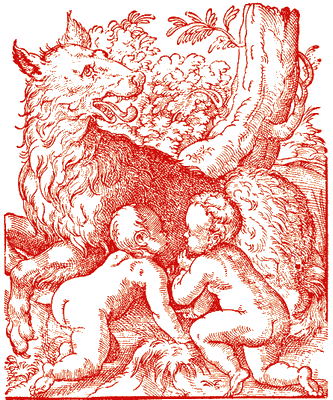|
|
Please note that Mommsen uses the AUC chronology (Ab Urbe Condita), i.e. from the founding of the City of Rome. You can use this reference table to have the B.C. dates
From: The History of Rome, by Theodor Mommsen
Translated with the sanction of the author by William Purdie Dickson

Page 21
The platform for the judgment-seat (-tribunal-), and the stage whence the burgesses were addressed (the later rostra), were likewise erected on the -comitium- itself. Its prolongation in the direction of the Velia became the new market (-forum Romanum-). At the end of the latter, beneath the Palatine, rose the community-house, which included the official dwelling of the king (-regia-) and the common hearth of the city, the rotunda forming the temple of Vesta; at no great distance, on the south side of the Forum, there was erected a second round building connected with the former, the store-room of the community or temple of the Penates, which still stands at the present day as the porch of the church Santi Cosma e Damiano.
It is a feature significant of the new city now united in a way very different from the settlement of the "seven mounts," that, over and above the hearths of the thirty curies which the Palatine Rome had been content with associating in one building, the Servian Rome presented this general and single hearth for the city at large.(15) Along the two longer sides of the Forum butchers' shops and other traders' stalls were arranged.
15. Both the situation of the two temples, and the express testimony of Dionysius, ii. 65, that the temple of Vesta lay outside of the Roma quadrata, prove that these structures were connected with the foundation not of the Palatine, but of the second (Servian) city. Posterity reckoned this -regia- with the temple of Vesta as a scheme of Numa; but the cause which gave rise to that hypothesis is too manifest to allow of our attaching any weight to it.
Do you see any typos or other mistakes? Please let us know and correct them
|
|
Reference address : https://ellopos.net/elpenor/rome/1-07-hegemony-rome-latium.asp?pg=21